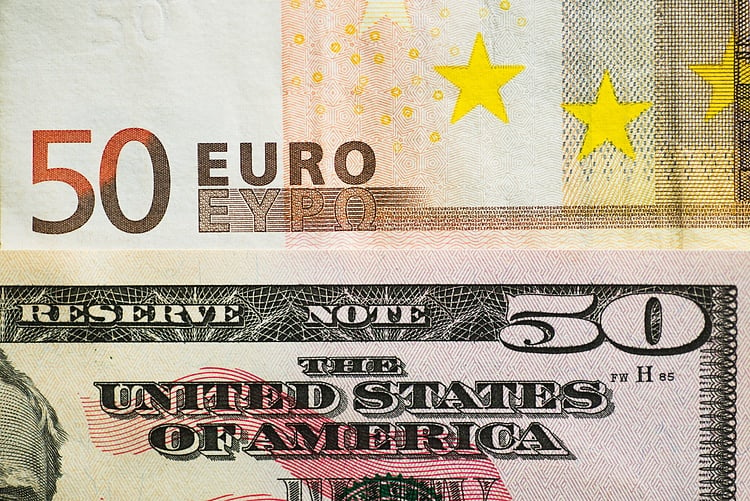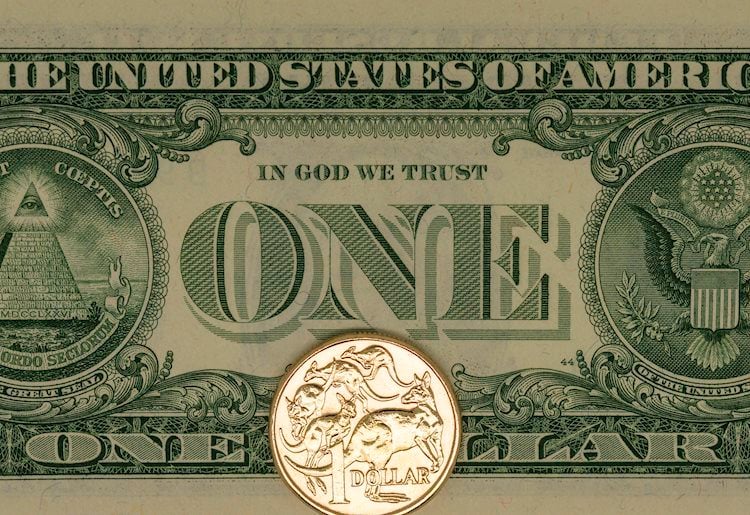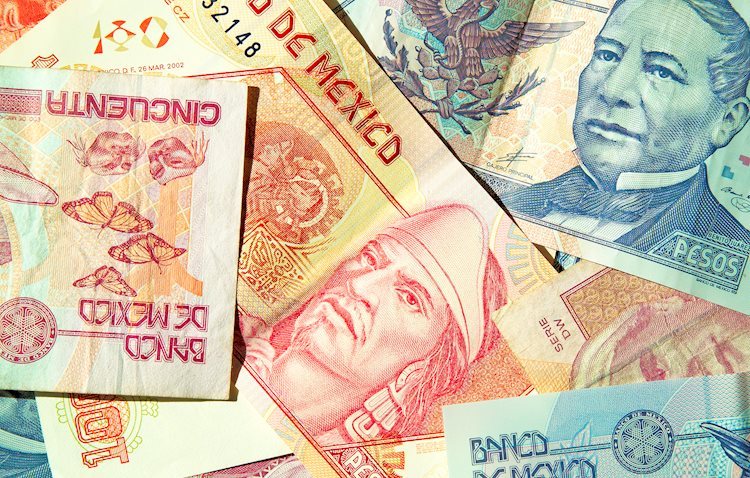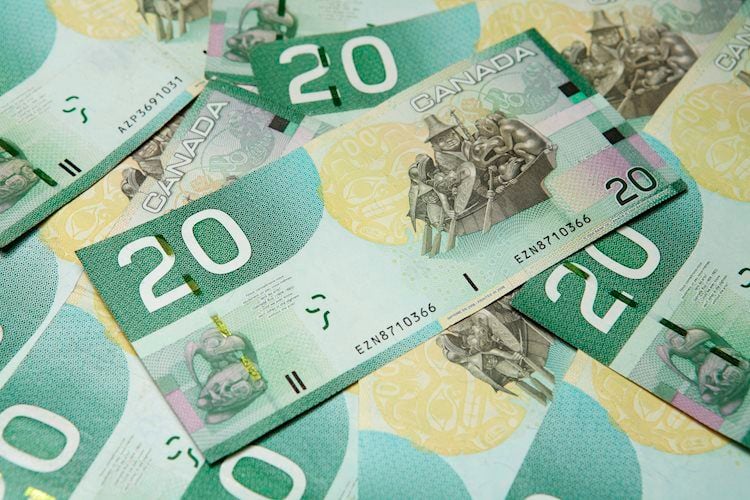EUR/USD is rebounding from intraday-chart oversold lows.
Eurozone inflation data on Wednesday could impact interest-rate expectations and the exchange rate.
The recovery could rise a little further but the short-term trend remains bearish.
EUR/USD is edging higher on Wednesday, making it back into the 1.0770s and extending the previous day’s rebound from six-week lows. It is still too early to say whether the move is corrective in nature or a reversal of the dominant short-term downtrend – but probably the former.
The release of Harmonized Index of Consumer Prices (HICP) and the Unemployment Rate on Wednesday has done little to impact the pair despite showing a further cooling in price pressures. Headline inflation in the Eurozone dipped to 2.4% YoY in March when economists had anticipated it remaining unchanged at 2.6%, according to data from Eurostat. Core inflation slipped to 2.9% from 3.1% when no-change had also been forecast.
Month-on-month inflation in the Eurozone rose by 0.8% compared to 0.6% in February. The Unemployment Rate in the Eurozone rose to 6.5% when no-change from its 6.4% previous level (revised up to 6.5%) had been anticipated.
Although the data has not weakened the pair, it will have increased the chances of an even earlier interest-rate cut from the ECB, possibly even raising the prospect of a cut in April.
EUR/USD has been bearish since the second week of March, mainly on the back of shifting expectations regarding the outlook for interest rates in Europe and America. In the US, borrowing costs are expected to remain higher for longer, supporting the US Dollar (USD), since higher interest rates attract more foreign capital inflows. This view is unlikely to change much.
On both sides of the Atlantic inflation has been falling, removing the necessity for high interest rates. However, in the US the process has been slower and experts are not as confident it is on its way down to the Fed’s 2.0% target in a sustainable fashion.
Most economists had expected both the European Central Bank (ECB) and the US Federal Reserve (Fed) to begin cutting interest rates at about the same time, in June or thereabouts. However, more recently the outlook has started diverging, with the Fed seen as possibly delaying and the ECB as bringing forward the moment.
EUR/USD rebounded from six-week lows in the 1.0720s on Tuesday although it is unclear what prompted the move. It may have been predominantly technical in nature due to indicators reaching oversold readings on intraday charts.
It is also possible that commentary from Federal Reserve Bank of San Francisco President Mary Daly may have contributed marginally to the recovery as she struck a dovish tone, saying “three rate cuts this year as a ‘reasonable’ baseline,” although she added that three rate cuts was “not a promise.” However, there was no immediate reaction from prices when her words hit the wires.
The HCOB Eurozone Manufacturing PMI could also have provided a catalyst for EUR/USD’s recovery, after it was revised up to 46.1 in March from a flash estimate of 45.7. However, it remains below 50 and therefore in contraction territory. Additionally, the US ISM manufacturing PMI on Monday was even better and actually rose above 50 to 50.3 in March – reaching growth territory for the first time since November 2022.
In the US the main data release on Wednesday will probably be ADP Employment Change at 12:15 GMT, seconded by the final S&P Global Services PMI and the ISM Services PMI. Services inflation is seen as one of the stickiest components in the CPI basket so markets may pay extra attention if the real figure diverges from expectations.
More Fedspeak is also in the offing with Fed’s Bowman, Goolsbee, Barr, Kugler, and Powell all due to speak.
EUR/USD rebounded from short-term multi-week lows in the 1.0720s on Tuesday and in the process formed a bullish Piercing Line Japanese candlestick reversal pattern on the daily chart. This occurs when price makes a new low but on the same day recovers and closes above the midpoint of the previous day.
The pattern could indicate a temporary continuation of the rebound higher, with the next key resistance coming into play at the resistance level from the swing low (and B wave low of the prior ABC pattern) at 1.0798.
Euro versus US Dollar: Daily chart
The pair is in a short-term downtrend, however, and this is likely to continue once the pullback runs out of steam.
The 1.0694 February and year-to-date lows are an obvious next target to the downside and also likely to provide substantial support, with a bounce likely at the first test. A decisive break below, however, would usher in another bout of weakness, and target the 1.0650s.
A decisive break is one characterized by a long red down candle breaking cleanly through the level and closing near its low, or three consecutive red candles breaching the level.
Inflation measures the rise in the price of a representative basket of goods and services. Headline inflation is usually expressed as a percentage change on a month-on-month (MoM) and year-on-year (YoY) basis. Core inflation excludes more volatile elements such as food and fuel which can fluctuate because of geopolitical and seasonal factors. Core inflation is the figure economists focus on and is the level targeted by central banks, which are mandated to keep inflation at a manageable level, usually around 2%.
The Consumer Price Index (CPI) measures the change in prices of a basket of goods and services over a period of time. It is usually expressed as a percentage change on a month-on-month (MoM) and year-on-year (YoY) basis. Core CPI is the figure targeted by central banks as it excludes volatile food and fuel inputs. When Core CPI rises above 2% it usually results in higher interest rates and vice versa when it falls below 2%. Since higher interest rates are positive for a currency, higher inflation usually results in a stronger currency. The opposite is true when inflation falls.
Although it may seem counter-intuitive, high inflation in a country pushes up the value of its currency and vice versa for lower inflation. This is because the central bank will normally raise interest rates to combat the higher inflation, which attract more global capital inflows from investors looking for a lucrative place to park their money.
Formerly, Gold was the asset investors turned to in times of high inflation because it preserved its value, and whilst investors will often still buy Gold for its safe-haven properties in times of extreme market turmoil, this is not the case most of the time. This is because when inflation is high, central banks will put up interest rates to combat it. Higher interest rates are negative for Gold because they increase the opportunity-cost of holding Gold vis-a-vis an interest-bearing asset or placing the money in a cash deposit account. On the flipside, lower inflation tends to be positive for Gold as it brings interest rates down, making the bright metal a more viable investment alternative.
Share:
Feed news





